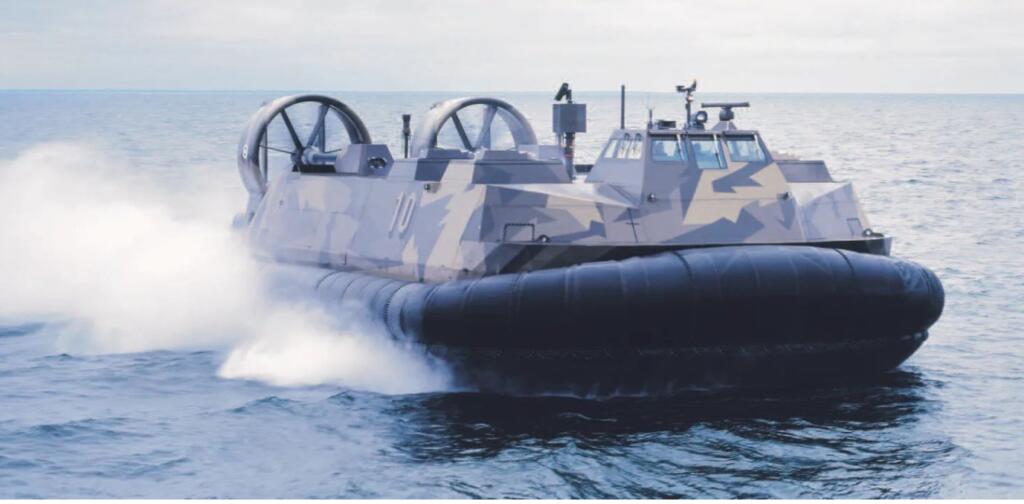This is probably the first signal, visible to one and all, of the advent of hovercrafts-which, whatever one’s perception might be, could definitely turn out to be a game-changer in India’s maritime security, at least to some extent.
On Thursday, the Indian Ministry of Defence sealed a historic deal with Chowgule & Company Pvt. Ltd for the acquisition of six Air Cushion Vehicles, also popularly known as hovercrafts, for the Indian Coast Guard. This contract, worth Rs 387.44 crore, is landmark because it is paving the way to induct the first domestically manufactured hovercrafts in “Aatmanirbhar Bharat”. Such versatile vessels would reinforce India’s maritime capabilities and increase its security attributes along an enormous coastline.
Feature of Hovercrafts
Hovercrafts are amphibious vessels that can run across ice, water, marshlands, and hard surfaces. Ranging from 10+/- tons to over 800 tons, capable of achieving up to 20 knots in speed, these vessels can fulfill numerous maritime capabilities. Their smaller versions, flarecraft, can even reach marvelous speeds of up to 240 km/h, making them very efficient for rapid deployment.
One of the main characteristics of ACVs is their capability to “fly” just 200–600 mm above the surface, which allows them to travel through difficult terrain and avoid obstructions. The vessels can be controlled remotely in order to effect better maneuvers during operations. ACVs can work at extreme temperatures from -10°C up to +65°C and are equipped with the following technological features: air-conditioning system, inflatable boats, and light crane. ACVs can be deployed for either search and rescue or reconnaissance and coastal patrolling.
Past Maritime Operations
Pre-Induction The Indian Coast Guard, till now, was mainly operating conventional vessels like patrol boats and big vessels. Though these vessels are very handy and work for the purpose they were designed for, most of the time, these vessels are unable to enter shallow waters. Now, at places where traditional boats cannot reach, the coast guard will be far more operative because of this induction.
Implications for India’s Maritime Security
These ACVs (Hovercrafts) are going to be a watershed moment in the Indian approach towards maritime security. With an Indian coastline of about 7,500 kilometers and exclusive economic zones that need protection over large distances, agility, faster speeds, and multi-terrain capacity would help the deployment of boats. The hovercrafts will add excellence to high-speed coastal patrolling and responding to emergencies to intercept illegal activities, thereby fortifying national sovereignty over water.
Moreover, this project aligns with the government’s vision of boosting indigenous manufacturing and fostering growth in the MSME sector. The local production of hovercrafts will not only be providing jobs but will also create technical expertise in the country, thus enhancing its self-reliance in defense capabilities.
The purchase of hovercrafts is the point of entry for a major transformative step for the Indian Coast Guard and maritime strategy for the nation. With these next-generation vessels entering operations, they will become extremely important for India’s interest in the maritime arena for security in the region as well as for its response time. With such innovation in India’s maritime security scene, things do seem bright in the future.
